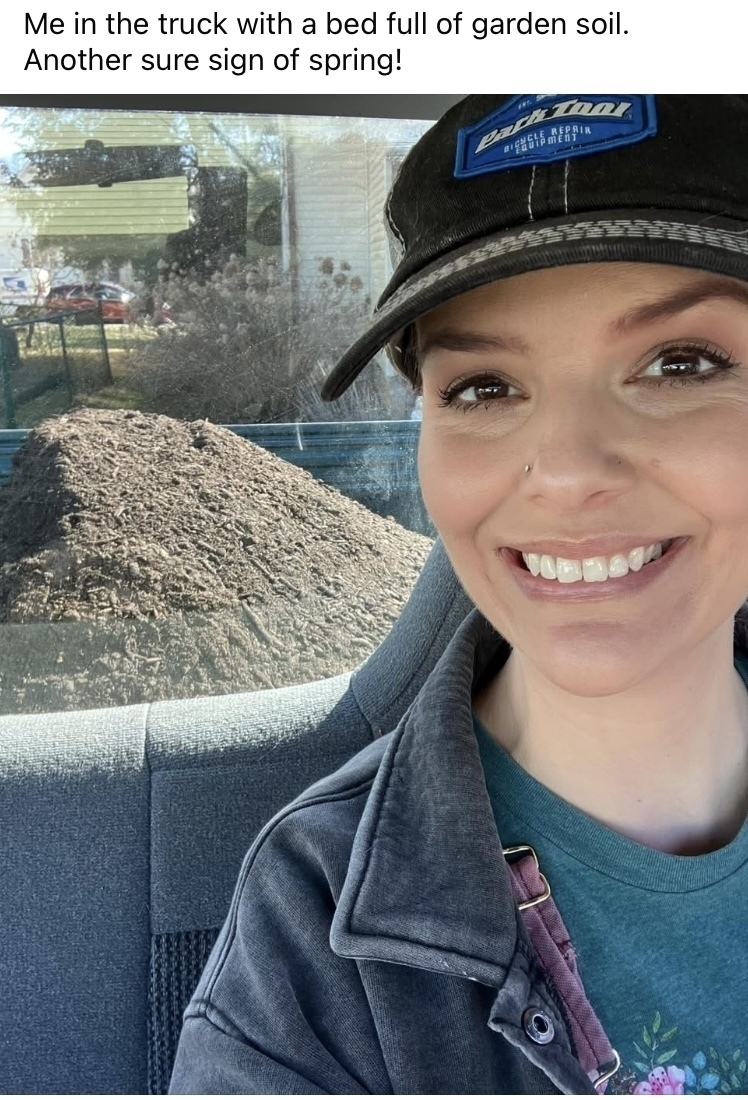I’ve prepped cornmeal mush for frying in the morning. I’m following Kent Rollins’ recent video. We’ll see how it goes!
We live on a 1/10 acre city lot, mostly covered in a house, detached garage and driveway. Rachel told me today that she has now sown 65 varieties of plants—perennials and annuals, flowers and vegetables. We have a wildlife pond, a grape arbor, and more room to expand. That’s a lot in a small space.
The proud tongue is tied in prayer.
The parched tongue is quenched in prayer.
The prayerful tongue is loosed—
occasionally, mysteriously—
in co-creation.
New folks in the house
Rachel and I are too cheap to be collectors. One exception to this general rule is that we have amassed a collection of statues, typically of the gods. Gives the place a certain air, you understand. Lets visitors know what we’re about. Recently I started looking for a sort of farmerish, gnomish figure to put on our mantle. Silly gnome statues are plentiful but we didn’t want any part of that mess.
Lovers of Tolkien’s legendarium: the YouTube channel In Deep Geek is worth your time.
Turn your radio on
One alternative to streaming music I don’t think I’ve ever seen discussed: radio! You probably have an oldies (or similar) station in your area with a local connection. Music: So, yeah, maybe it isn’t your favorite and maybe you have stronger feelings about music discovery than I do. But oldies are basically another canon of standards at this point. It ain’t bad! Local ads: This is America; you don’t get to escape advertising.
While I’m in here reviewing these reports, Rachel is outside having a blast and being ridiculously cute.

Spring is coming and I'm making lists
Also, I’m putting off reviewing financial reporting this morning. Projects to complete in the next couple of weeks: A 2x10 on one of our raised beds has buckled and needs to be replaced. When we first built these beds, we weren’t considering the chemicals in treated lumber, which is what we used. This will be the first board to replace and we’re going to go untreated from here on out.
Day trip to Jasper
Rachel had an appointment in Jasper, IN, last Friday so we made a day of it. Jasper is a pretty unique town in southern Indiana. While the area has a lot of German ancestry, Jasper is one of the few places where it has remained an ongoing identity. While Rachel was in her appointment, I went to Sturm’s hardware store, which is on the National Register of Historic Places. There’s a store dog, who raced toward me in a flurry of barks when I entered the store.
I’m developing an interest in folk art. I have a couple of pieces coming in the mail so I’ll share those when I get them. In the meantime, I’ve been doing a few searches and came across this wonderful video. Long live the weirdos!